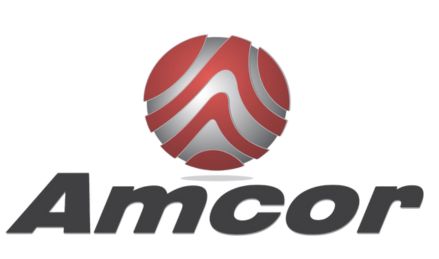Tag: flame retardants
-
Additives for UV Stabilization
Posted on
by
Nearly every plastic is prone to degradation when exposed to UV light, such as from sunlight or fluorescent lighting. This degradation can occur during processing or once the product is in service, and the symptoms include brittleness, discoloration, and loss of physical […]
-
How Flame Retardants Work in Plastics
Posted on
by
Flame retardants are chemical compounds added to plastics in order to prevent, delay, or slow down combustion, reduce smoke formation, and/or prevent the material from melt collapse (anti dripping). These additives are common in numerous everyday products to avoid the ignition and […]
